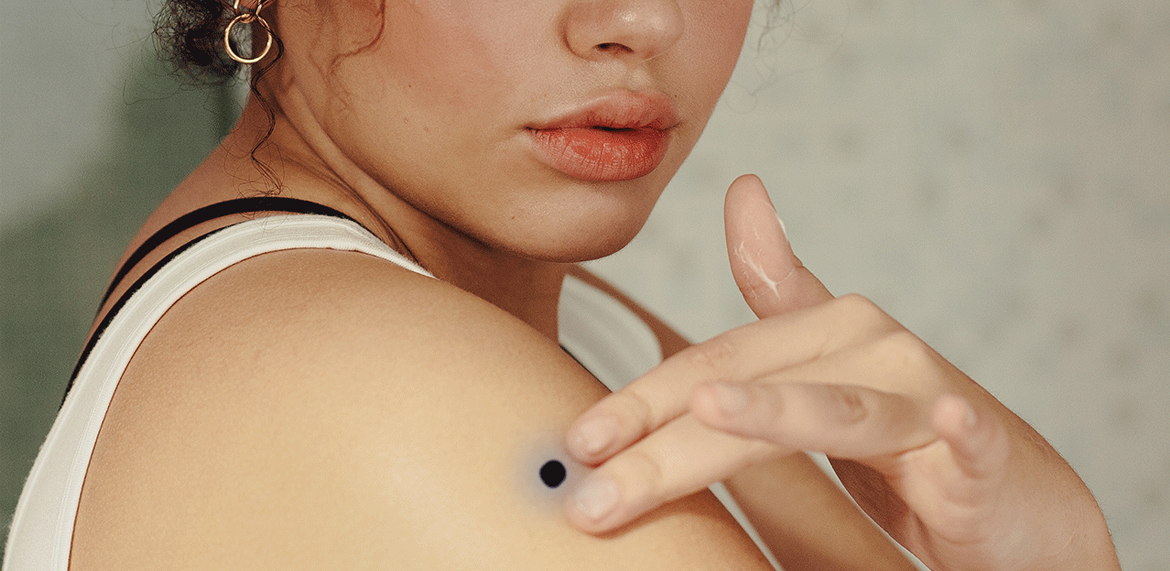.png)

Blue Nevus, also known as blue nail nevus or melanotic whitlow, is a rare benign condition characterized by the presence of a blue or black discoloration beneath the fingernail or toenail. It typically occurs due to the accumulation of pigment-producing cells called melanocytes in the nail matrix or nail bed.
Causes and Symptoms:
The exact cause of blue nevus is not fully understood, but it is believed to be related to genetic factors and may occur sporadically or be inherited in an autosomal dominant pattern. Common symptoms and characteristics of blue nevus include:
- Blue or black discoloration beneath the fingernail or toenail
- Usually painless, although some individuals may experience mild discomfort or tenderness
- Slow-growing and stable over time
- Rarely associated with other skin or nail abnormalities
Diagnosis and Treatment:
Blue nevus is typically diagnosed based on its characteristic appearance and clinical examination. In some cases, a biopsy may be performed to confirm the diagnosis and rule out other potential causes of nail discoloration.
Since blue nevus is a benign condition and usually does not cause any symptoms or complications, treatment may not be necessary. However, individuals may choose to undergo treatment for cosmetic reasons or if the lesion becomes painful or bothersome. Treatment options may include:
- Observation: Many cases of blue nevus can be safely monitored without intervention, especially if the lesion remains stable and does not cause any discomfort.
- Surgical Excision: If the lesion is large, painful, or cosmetically unacceptable, surgical removal may be considered. This procedure involves cutting out the affected portion of the nail or nail bed under local anesthesia.
- Laser Therapy: Laser treatment may be used to target and destroy the pigment-producing cells in the nail matrix, leading to lightening or removal of the discoloration.
Prevention:
Since the exact cause of blue nevus is unknown, there are no specific preventive measures. However, individuals can minimize the risk of trauma to the nails and maintain good nail hygiene to reduce the likelihood of developing nail abnormalities.
